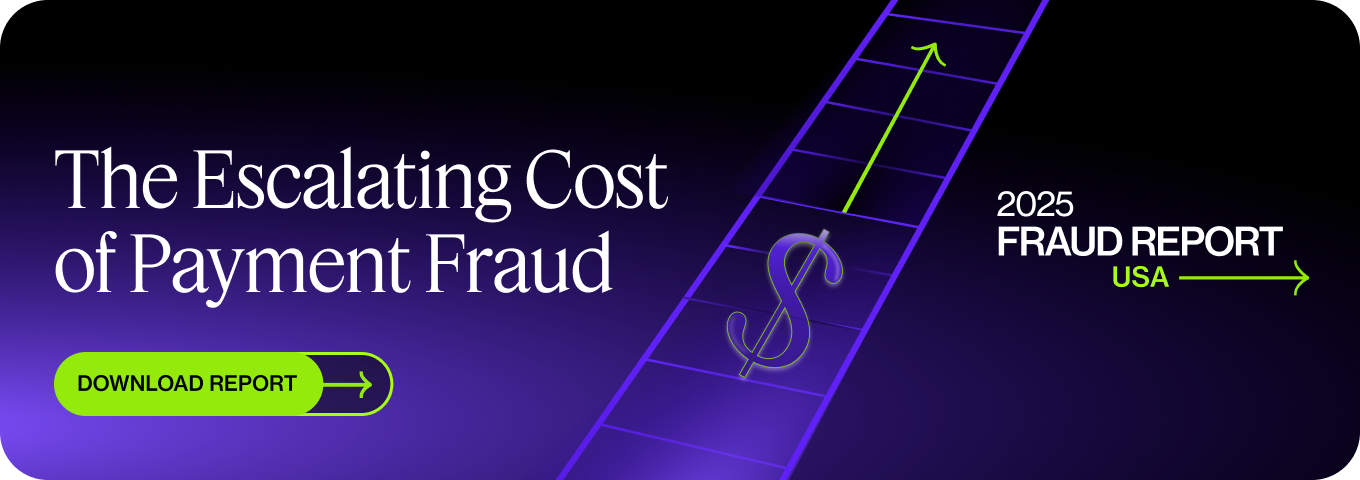In 2023, a man in Salt Lake County was accused of allegedly lying about his criminal history on a small loan application. The lender was then unaware had he been convicted of a felony in the last five years. Court documents said he defrauded the Covid-19 relief program of more than $180,000 of loan funds. This could be a case of first-party fraud. Read on to find out about other types of first-party fraud and how it differs from third-party fraud.
While Trustpair can’t block first-party fraud, it can block the impacts of third-party fraud through automated account validation for all payments that are made. Request a demo to learn more!
First-party fraud: how does it work?
A first-party fraud definition is when a fraudster gives false information or misrepresents themselves to benefit from finances, material items, or an exchange of goods.
An example of first-party fraud is that a fraudster may make assurances of repayments of money, goods, or services in the future. However, they have no plan to repay.
Research by Visa has shown that nine out of 10 businesses (93%) have experienced first-party fraud in the last year.
First-party fraud scheme losses amount to more than $100 billion for victims.
First-party fraud: the most common types
- Sleeper fraud
- Application fraud
- Refund fraud
- Chargeback fraud
- Goods lost in transit fraud
What is sleeper fraud?
A fraudster may have a credit card and for a prolonged period of time, their behavior seems to be normal. There appears to be no risk of suspicious activity and as this trust with the service provider grows, the criminal will ask for extra credit.
Then, the fraudster takes all the cash they can from the financial institution and disappears.
How does application fraud work?
This type of first-party fraud occurs when an individual misrepresents their details or situation to get a better deal on a line of credit or a loan.
Methods of application fraud include:
- Fronting – using someone else’s name to reduce the cost of a service, such as using a parent’s name for their car insurance and including themselves as a named driver
- Address fronting – using a different address to lower the cost of something, such as car insurance
How can refund fraud impact your business?
A fraudster may purchase goods knowing that they will defraud a company or business through the return process.
This can look like wardrobing – also known as ‘de-shopping’. It involves buying items, like clothes, using them, and then returning them for a full refund.
What is chargeback fraud?
Chargeback fraud is pretty similar to refund fraud. The key difference is that with a refund, it is the merchant that gives the money back to the buyer. In the case of a chargeback, the payment is made with the person’s credit card. Upon arrival of the goods and the request being made, it is the financial institution and card issuer who returns credit to the buyer, rather than the merchant.
Chargeback fraud, also known as friendly fraud, can occur as a mistake but it is still common. It is a method of first-party fraud with a credit card.
What does Goods Lost in Transit fraud mean?
One of several first-party fraud examples includes Goods Lost in Transit (GLIT) fraud. A criminal may purchase items online and then falsely state that they never arrived or suffered damage on arrival.
This could also involve a person sending back empty boxes to get a refund.
First-party fraud vs third-party fraud: the differences
The key difference between first-party fraud and third-party fraud is often the intention. In the former, an individual chooses to offer false information or gives a false account of their identity. This is done for their gain – be it financial or material. Be mindful that there are some cases where first-party fraud may occur by accident.
On the other hand, third-party fraud involves the fraudster using another person’s identity or information without their approval or knowledge. The criminal may alternatively generate a fake identity using a person’s details. The aim of this may be to try and gain money, credit, or material items.
Examples of third party fraud in business include:
- Invoice fraud
- Phishing scams
- New account fraud
- Bank or wire transfer fraud
Trustpair’s fraud detection software can block the financial effects of third-party fraud. This is down to automatic identity verification for every payment. This means your business can avoid the after-effects of this dangerous type of fraud.
Learn all about payment fraud in our latest fraud report!
Recap
First-party fraud can be damaging to businesses and so can third-party fraud. Protect your business by being aware of the different types of fraud and make use of platforms that can mitigate the financial effects. Trustpair will help block the impacts of third-party fraud by providing automatic identity verification on all payments.


